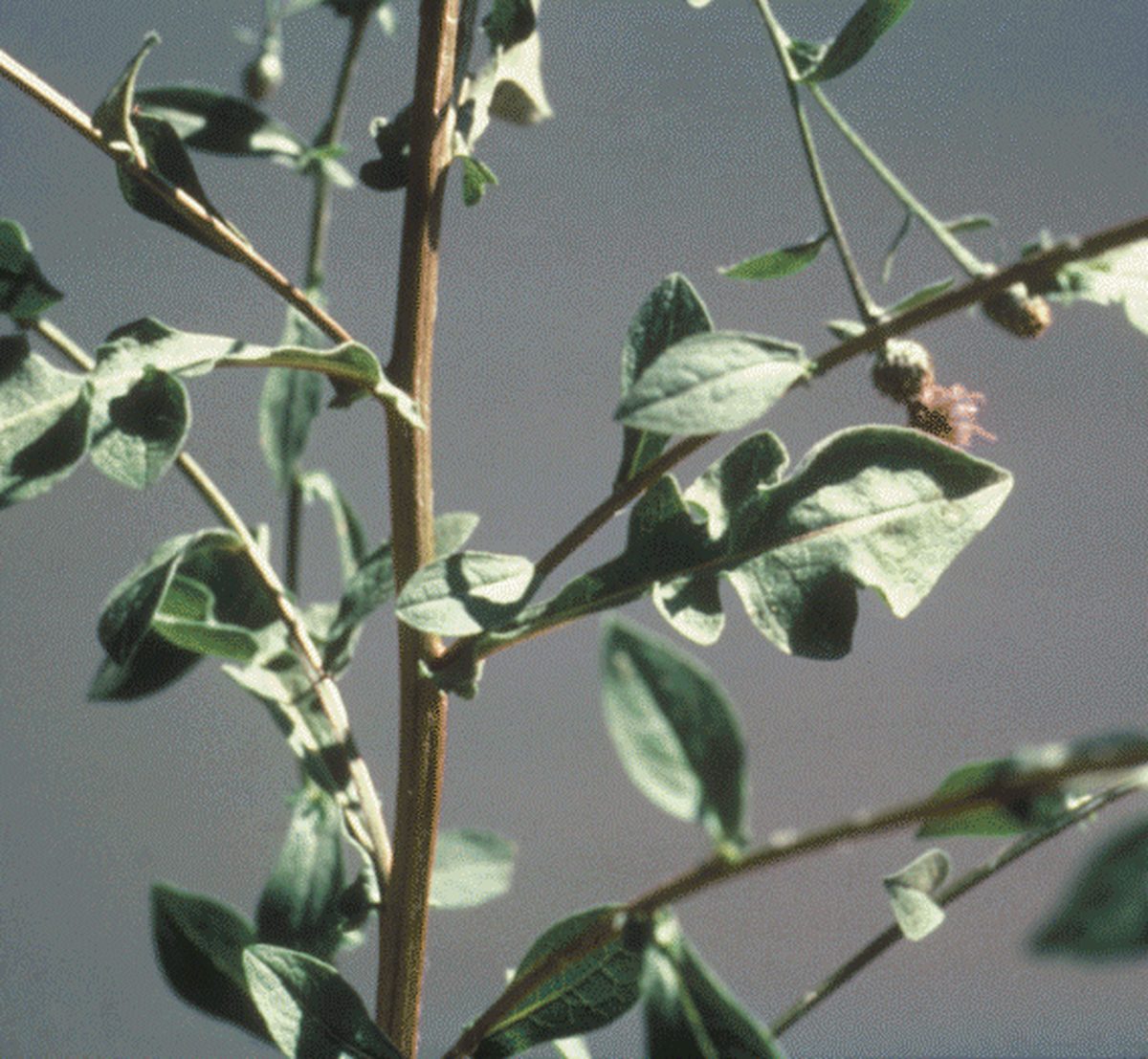Vochin Knapweed
Centaurea nigrescens

Family: Asteraceae
Other Common Names: short-fringed knapweed, Tyrol knapweed
Weed class: A
Year Listed: 1988
Native to: South Central and Eastern Europe and Turkey
Is this Weed Toxic?:
not known to be
Legal listings:
WAC 16-752; WSDA Quarantine list (prohibited plant list)
Why Is It a Noxious Weed?
Vochin knapweed invades pastures and natural areas, competing with native plants and forage.
How would I identify it?
General Description
Vochin knapweed is a perennial growing from 19 inches to 5 feet (30 to 150 cm) tall. Stems are upright and branched and typically covered in hairs. Flowers from summer to fall.
Flower Description
Flowerheads narrow in few-headed clusters. Bracts at base of flower head with small dark triangular tips, having 6 to 8 small fringes per side. Flowerheads of 40 to 100+ purple (or white) flowers with the outer ring of flowers being sometimes larger.
Leaf description
Basal leaves have stalks and are oval to narrow, with the widest point above the middle. Margins smooth, toothed or irregularly lobed. When lobed, the rounded terminal lobe is larger than other lobes. Stem leaves become smaller moving up the stem.
Stem description
Plants have multiple upright flower stems that are branched from above the middle.
Fruit Seed Description
Seeds are gray to light brown and up to 0.14 inches (3.5 mm) long. Seeds may or may not have short bristles (pappus) on one end.
May Be Confused With
Many species of Centaurea look very similar to each other, making identification difficult. If you need help with plant identification, please contact your county noxious weed coordinator.
Where does it grow?
Vochin knapweed grows along roadsides, in irrigation ditches, pastures, orchards and waste places In Washington it has been found in cleared areas. Please click here to see a county level distribution map of vochin knapweed in Washington.
How Does it Reproduce?
Vochin knapweed is a perennial that reproduces by seed and can be propagated by root division.
How Do I Control It?
Mechanical Control
Small infestations can be controlled by repeatedly digging out the plant. Dig out as much of the plant as possible and watch for re-sprouting from root fragments.
Cultural Control
For larger populations on tillable land, control with repeated cultivation, then reseed with desired pasture species.
Herbicide Control
Please refer to the PNW Weed Management Handbook, or contact your county noxious weed coordinator.
For More Information
Selected Knapweeds of Washington Brochure
See our Written Findings for more information about Vochin knapweed (Centaurea nigrescens).
Whatcom County NWCB Control Options for Knapweeds



